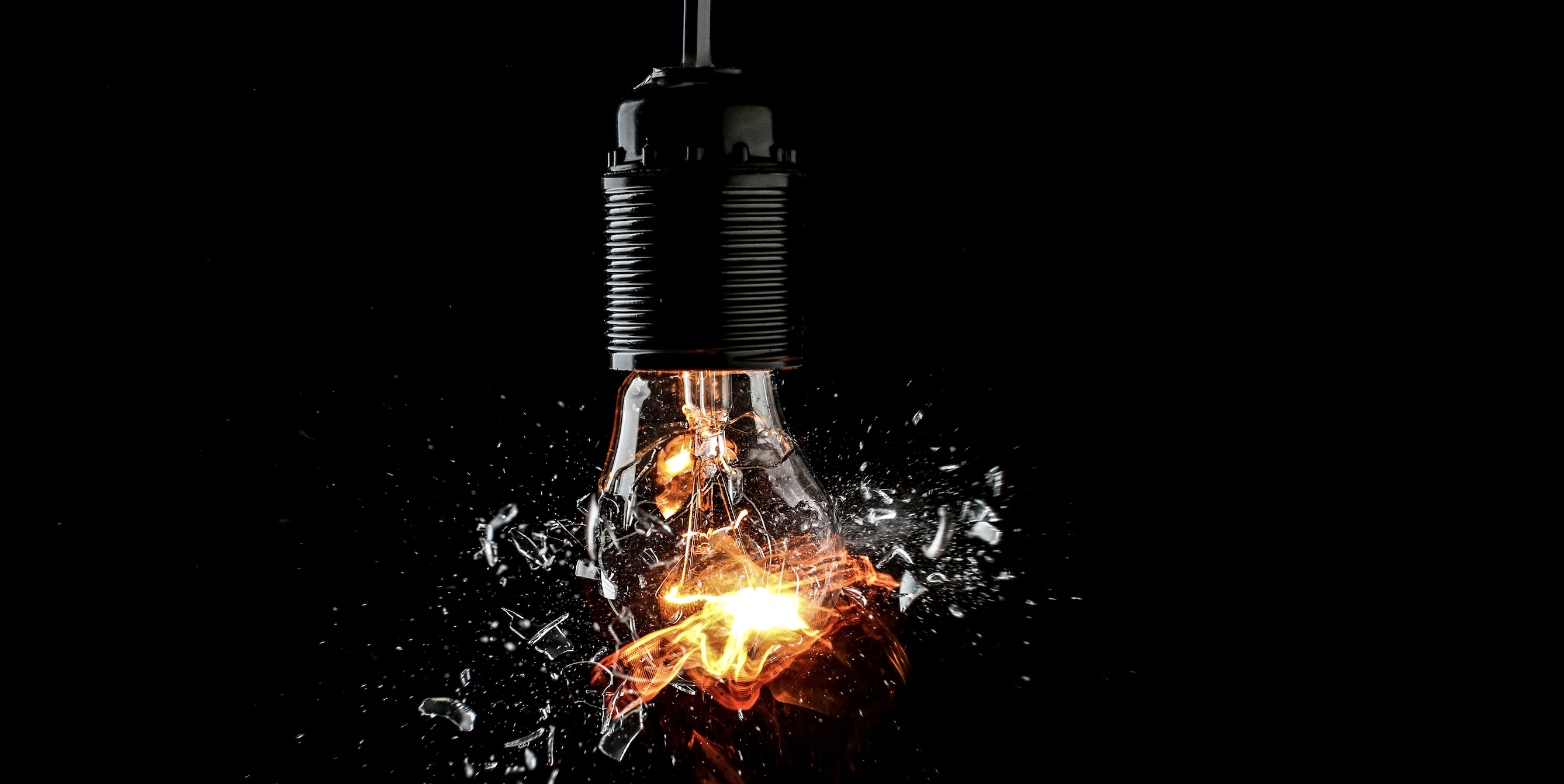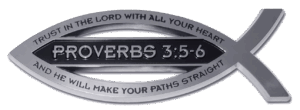Light Not Turning On
-
- There are 6 basic reasons why a light does not turn on:
-
- The light bulb filament is broken. This is more common than people think. Try to replace the defective bulb with a new bulb. If this doesn’t work, before giving up, try using a bulb from another fixture that you know is working.

- The light switch is broken, damaged or worn out. The switch needs to be replaced.
- The light fixture is broken. Generally, completely replacing the fixture is the easiest and cheapest way to correct the issue.
- No electricity. Please go to the power issues section.
- If the light is activated by a photocell, the photocell may be out of adjustment, blocked or damaged. Adjust or replace the photocell.
- Fluorescent lights, mercury vapor or high-pressure sodium lights. These types of lights use electronic ballasts to power these special bulbs. If the light buzzes loudly, has an “electrical odor”, or the light does not light up, the ballast may need to be replaced. For this, you need an electrician.
- The light bulb filament is broken. This is more common than people think. Try to replace the defective bulb with a new bulb. If this doesn’t work, before giving up, try using a bulb from another fixture that you know is working.
Lights Flickering
- There are two main reasons for flickering lights:
- The photocell is out of adjustment. Adjust the photocell.
- Some lights embedded in the ceiling have built-in thermal protection which will automatically turn off the light when the light fixture is overheated. Use of a lower-wattage bulb may be necessary to achieve a lower operaing temperature.
Flashing Fluorescent Light
- Three reasons for the flickering of fluorescent lights:
-
- When turned on for the first time, the bulbs may flicker for a while until they get up to operating temperature. On cold days, you may notice this more. Just wait a couple of minutes for the bulb to warm up.
- If a fluorescent light tube is old, it may flicker showing that it will soon fail. Replace them.
- If the fluorescent light ballast is old, you may need to bring in an electrician to replace it.


